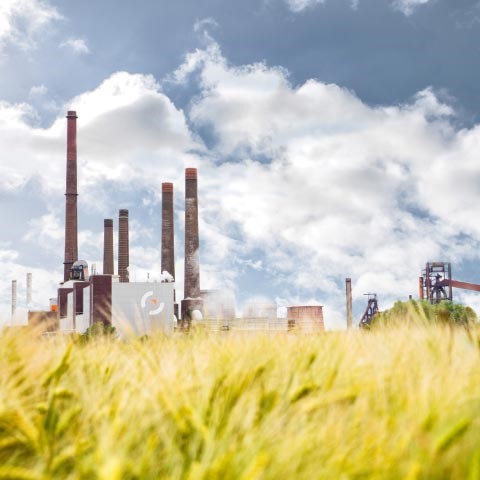News
Salzgitter, Avacon and Linde launch WindH2 project

Salzgitter AG, Avacon and Linde have partnered on the path to decarbonizing the steel industry. With the commissioning of Wind Hydrogen Salzgitter (WindH2), Germany’s only cross-sector project, green hydrogen will be produced in future with electricity generated by wind power on the site of the steelworks in Salzgitter.
WindH2 is a cornerstone in the SALCOS - Salzgitter Low CO2 Steelmaking technology project developed by Salzgitter AG. SALCOS sets out the most efficient way, realizable in the short term, to reducing CO2 emissions, and even for virtually CO2 free steel production in the long term. Hydrogen generated from renewable sources will replace the carbon necessary for smelting iron ore. The three blast furnaces operated to date need to be gradually replaced by a combination of direct reduction plants and electric arc furnaces. Transforming steel production in this way could reduce the associated CO2 emissions by around 95 % over the period up until 2050.
Avacon, a member of the E.ON Group, operates seven newly built wind turbines with an output totaling 30 MW on the premises of Salzgitter AG. Salzgitter Flachstahl GmbH has installed two Siemens 1.25-MW PEM electrolyzer units on its plant site that are capable of producing around 450 m an hour of ultra pure hydrogen. Today’s steel production already harnesses hydrogen for annealing processes as well as in the hot dip galvanizing lines. Industrial gas producer Linde is currently delivering gas by truck and will continue to secure coverage of hydrogen requirements in the future as well. A test run is currently being made of all the facilities.
With WindH2, the partners intend to gather the know-how and experience from the on-site production of wind power and hydrogen, as well as their integration into the complex workflows and processes of an integrated steelworks.
The cost of the entire project – building the wind turbines and the hydrogen plants, including integrating them into the existing supply network – amounts to around EUR € 50 MM. The construction of the electrolyzer was subsidized by KfW.

